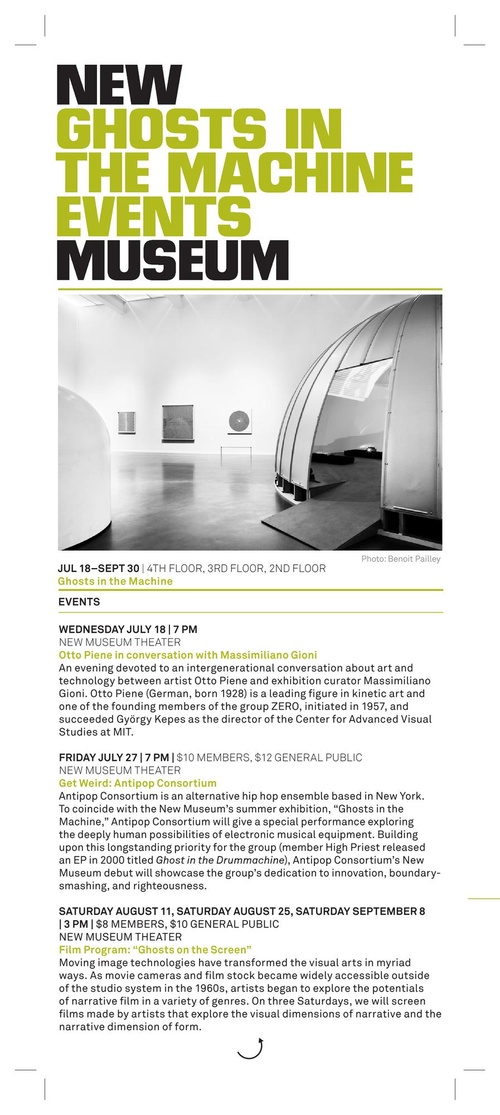“Ghosts on the Screen”: The Deadman, 1989, and The Color of Love, 1994, dir. Peggy Ahwesh
Moving image technologies have transformed the visual arts in myriad ways. As movie cameras and film stock became widely accessible outside of the studio system in the 1960s, artists began to explore the potentials of narrative film in a variety of genres. On three Saturdays, we will screen films made by artists that explore the visual dimensions of narrative and the narrative dimension of form.
The Deadman, dir. Peggy Ahwesh, 1989 (35 min)
Made in collaboration with Keith Sanborn, The Deadman is based on a story by Georges Bataille, charting “the adventures of a near-naked heroine who sets in motion a scabrous free-from orgy before returning to the house to die—a combination of elegance, raunchy defilement and barbaric splendor,” wrote Jonathan Rosenbaum in the Chicago Reader.
The Color of Love, dir. Peggy Ahwesh, 1994 (10 min)
Ahwesh subjects an apparently found pornographic film to coloring, optical printing, and general fragmentation—the source material threatens to virtually collapse under the beautiful violence of her filmic treatment. What emerges is a portrait at once nostalgic and horrible: the degraded image locked in symbiotic relation with an image of degradation.
Presented with Alone, dir. Stephen Dwoskin, 1963 (13 min)
“Alone is a major departure into projecting feelings and senses of loneliness, timelessness, and the sensual self. The film presents moments that are passing tones in any life, yet far from registering a passive despair, protests against a traditional culture which is unable to confront such moments and passes them by as both trivial and obscene,” is how Dwoskin described this film. Alone explores the onanistic potential of both the female body and the camera, and was the source and the inspiration for J.G. Ballard’s collage Does the Angle Between Two Walls Have a Happy Ending? (1967).
